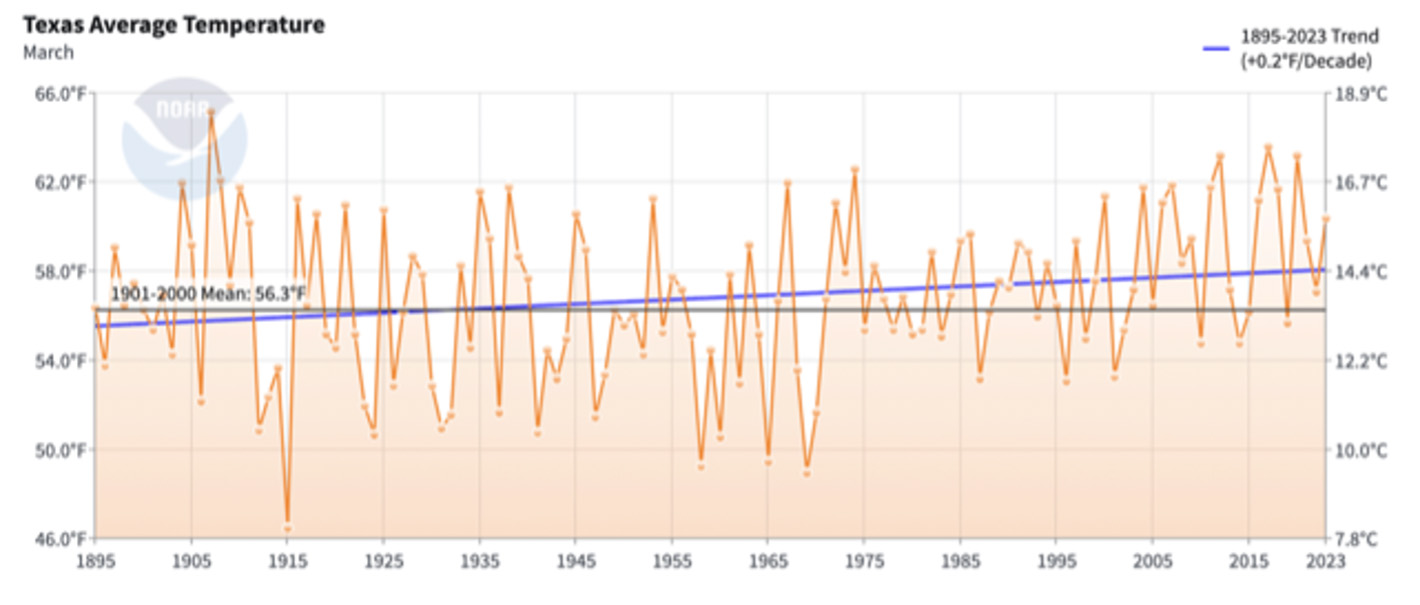Monarchs now ranked as ‘endangered’ in Canada
Thursday, January 18th, 2024 at 4:57 pm by Chip TaylorFiled under Monarch Conservation | Comments Off on Monarchs now ranked as ‘endangered’ in Canada
I started the year with a rant!
While traveling over the holidays, I received an email from Canadian Don Davis on 26 December informing me that “Monarch butterflies are now ranked under Canada’s Species at Risk Act as “Endangered”.” There was no indication of how this decision had been reached or who among the Canadian experts had been consulted. Such decisions have wide ranging effects, and since I’m rather protective about monarchs, and all for accountability, I penned the below on 1 January and hastily posted it to Dplex-L. The following is an improved version of that text. – Chip Taylor, Founding Director of Monarch Watch
These rulings are puzzling. They reveal that there is absolutely no understanding of the factors that determine the number of monarchs that appear in Canada each summer. It’s all about the timing and number of females reaching Canadian latitudes and longitudes from 12 May to 12 June. When monarchs arrive early in that time frame, and in good numbers, the populations are robust if summer conditions allow, and if late, the growth is limited, especially if summer conditions are limiting (low temperatures and/or precipitation). Before that, the number of first-generation monarchs moving north in May is largely determined by the numbers returning from Mexico and the conditions in March and April in Texas and Oklahoma that determined reproductive success by the returning monarchs. Given that reality, there is nothing that Canada can do to increase the timing and numbers of colonizing monarchs. The only thing that can be done is to maintain and restore monarch habitat and hope for favorable weather throughout the annual cycle.
Come to think of it, all of the above applies to the United States as well, doesn’t it? Except that the United States is less vulnerable to unfavorable low summer temperatures. If you go back through the earliest temperature records, which began in the United States in 1895, there were years such as 1915 when it was so cold from March through May that it was unlikely that there was much of a monarch population in either Canada or the United States (Figure 1). Going further into the climatic history suggests that monarch populations in both countries are more robust now than in many periods prior to the 1940s. The interval from 1976 to the present has been more favorable for population development than in earlier decades. Monarch numbers are largely temperature driven (the same for most invertebrates) with the maximum numbers at any time interval determined by the abundance, distribution and quality of the resources that favor reproductive success. Given these relationships, terrestrial invertebrates are more vulnerable to changes in the weather than vertebrates and therefore more difficult to sustain or restore. The Endangered Species Act has had some remarkable successes in the restoration of vertebrates, but given increasing temperatures and more variable precipitation throughout the continent, it seems less likely that endangered status will lead to effective restoration of terrestrial invertebrates such as monarchs and pollinators, and perhaps many temperature-sensitive aquatic invertebrates and fishes as well.
There are near-term and long-term realities when it comes to saving species of concern. In the near-term, to sustain what we can, we must engage in massive efforts to sustain and restore habitats and the resources these species require. At the same time, the long-term realities tell us that we must do all that we can to mitigate climate change.
The following is from a blog post last summer, Monarchs: Weather and population sizes in the past (monarchwatch.org/blog/2023/07/21/monarchs-weather-and-population-sizes-in-the-past).

Figure 1. Average March temperatures for Texas from 1895-2023.
There are three trends in these records: the high variation from year to year that ended in 1974, the damped variation from 1975 to perhaps 1994 and the progressive increase in temperatures from 1994 to the present. The average temperatures have increased 0.8F per decade since 1975 to 60.14 F vs the long-term (1900-2020) average of 56.3F. Note the five periods of 3-4 years in succession with extreme cold March temperatures. Such temperatures delay recolonization by monarchs returning from Mexico and recolonization of the summer breeding area north of 40N. These conditions would have led to smaller migrations and lower numbers overwintering in Mexico.
On another note. I keep seeing a dramatic shift in the temperature data that starts in the mid 1970s. I haven’t seen anyone comment on that in the climate discussions, but it is suggestive of something of a tipping point, especially for temperate invertebrates.


Sorry, comments for this entry are closed at this time.